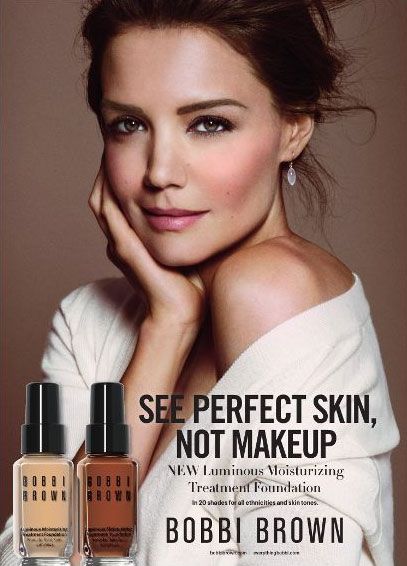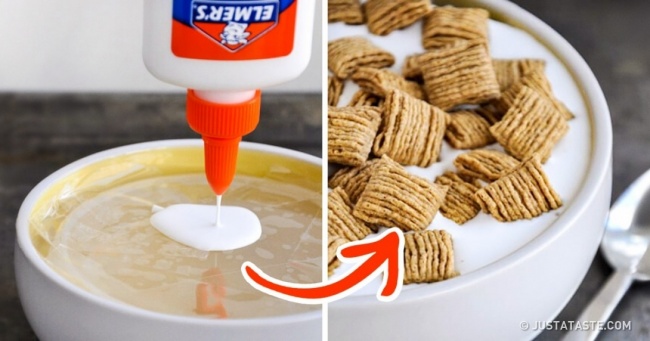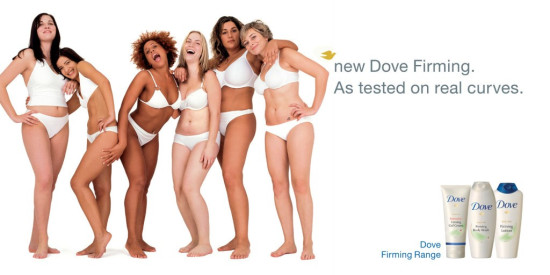Then:

Advertising has been around for a long time, and as the times change so does the popular method of advertising. We frequently see that the most recent trend in advertising comes in the form of associating a product or service with perfection, or our perception of perfection. Advertising’s association with perfection has not only affected our wallets but have even, and most popularly, breached our deepest insecurities. In 2005, survey research was conducted by Teen People magazine on the effects beauty ads in magazines marketed towards teenage girls have on body image. The results of this survey showed that out of the 1500 girls surveyed, 50% believe they are overweight and 60% said that comparing themselves to the models they see in magazines makes them feel worse about themselves. While this may seem surprising, the same year a study on the advertisements within issues of Seventeen Magazine announced that approximately two-thirds of ads present in the magazine were for cosmetics, including hair products, skin products and makeup, and 11% of the ads were for clothing items. Young girls were commonly exposed to beautiful models who looked nothing like them therefore creating the image of perfection upon the model. While body image is the first thing that rushes to our minds when we think of deceptive advertising, beauty products are no the only products that are advertised through the “perfection” model. While we often times choose to ignore them, many “As Seen On TV,” products are advertised in a way so audiences perceive them to be not only functional, but also as a perfect solution for minuscule problems. However, it seems that we are seeing those products less and less today because many have become aware that most of the time, these products are a scam.
Now:

While advertisements and the media are still prominent when it comes to affecting body image and beauty standards, however, it’s impact is much different today than it was 15 years ago. Today makeup and clothing ads feature models of various skin colors and body shapes as a result of modern day mental health movements emphasizing self love and body appreciation. While this problem still isn’t completely gone, the industry is making strides to prevent the problem from spreading. The popular women’s clothing brand Victoria’s Secret, who has long been under fire for the types of women used in their ads, has been forced to cancel their annual fashion show after model Robin Lawley began a petition last year. Lawley claims that, “It’s time Victoria’s Secret recognized the buying power and influence of women of ALL ages, shapes, sizes, and ethnicities.” Despite the positive steps the industry is making towards body acceptance and self love, the actual issue of perfective advertising has not gone away. Beauty ads are still displaying the same message they did 50 years ago. Companies are still claiming that their products will give you “perfectly smooth hair,” or “perfect skin,” which just encourages the high standards of appearance. Stepping away from beauty advertising, another hot topic in advertising today came after many people discovered tricks photographers use in food advertisements to make food look more appealing to the eye. People were upset when they found out that the photos in food advertisements were altered and many times use inedible items to pose as food products. For example, in cereal ads, milk is substituted with glue because milk makes the cereal soggy, therefore making it look unappetizing. Americans eat cereal with milk everyday, the fact that milk makes the cereal soggy is obvious to us, so why is this so upsetting for some? Well it’s the opposite reason that we’re upset with beauty ads, with beauty ads the industry sets the standard, with food ads, the market sets the standard. People are not gonna buy food that looks unappetizing in an ad despite the fact that they know what it actually looks like in real life, their standards are just too high.
Later:

While I don’t see the messages of perfection in advertisements going away anytime soon, the future is not too bleak for the advertising industry. While they can be annoying, these ads sell their product, which is the goal of the advertisement in the first place. Advertisers are going to continue to appeal to people’s sense of perfection to sell their products. However, now that companies are embracing social movements such as the body positivity movement, cosmetic ads are straying farther away from the concept of perfect people. There’s been a shift in consumer’s seeking out authenticity, which is a direct result of the new standard of body positivity. People are becoming tuned to sniff out what’s real and what is fake. Consumers are getting tired of perfect models airbrushed to even further perfection. The future of beauty ads will follow along this path. Diversity and inclusion will become so integrated that our idea of a perfect person will go away because there will be no way to determine what is deemed “perfect.” Brands are losing trust with consumers and the only way to build that back up is to be honest and relatable with their buyers. This applies to all products, not just clothing and cosmetics but also car and food companies need to establish a sense of honesty with consumers. The only way to fully achieve this is if everyone participates, the dishonesty must be completely eliminated. I believe this will signify the entrance of a new era of advertising that is far more genuine and adheres to the individual needs of a diverse consumer.